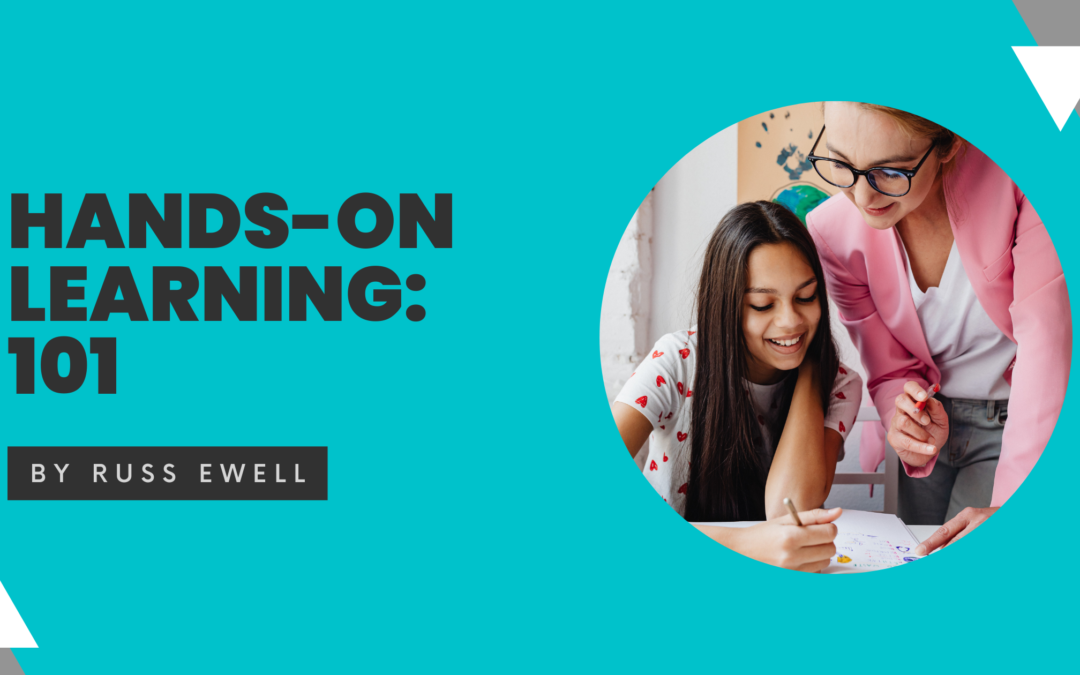Education is a very scrutinized area in society. Most people are concerned about global and national averages, test scores, and getting students into college. While the education that young people get is through lectures and reading textbooks, the best teaching method is hands-on. Hands-on learning allows students to do what they are learning in real life. It is essential to show students how to do something rather than tell them. Here are the benefits of hands-on learning.
Improved Information Retention
Hands-on learning is a great way of improving information retention. Students remember more from hands-on learning than from lectures. This type of learning allows students to practice and apply what they have learned in real life.
Increased Confidence
When a student learns by doing, they can gain knowledge and confidence. They will understand how something works and how to use it. Hands-on learning also helps students become independent learners, which is important in the classroom setting because it allows them to learn on their own rather than listening to others’ lectures.
Attentiveness
Attentiveness is a huge part of learning. Students need to feel involved and excited about their learning to be attentive. You can achieve this through hands-on learning because students can see how something works and how it is used in real life.
Experimentation
When students experiment with their learning, they will understand how something works and how it is used. This helps improve students’ problem-solving skills and critical thinking. Also, experimenting with hands-on learning can help students learn to work in groups and cooperate.
Creativity
The more creative a student is, the more likely they will be able to learn. Hands-on learning can help foster creativity by allowing students the ability to experiment with and apply what they have learned in real life. This is great because it allows students not just to learn passively but actively participate in their own learning experience.
Make Use of Hands-On Education
Hands-on learning is a great way to improve students’ knowledge, skills, and abilities. When students can practice what they are learning, they can be confident in their abilities. Hands-on learning is also an effective way of improving information retention. Students remember more from hands-on learning than from lectures. This is because students can relate what they learn to real-life situations.

